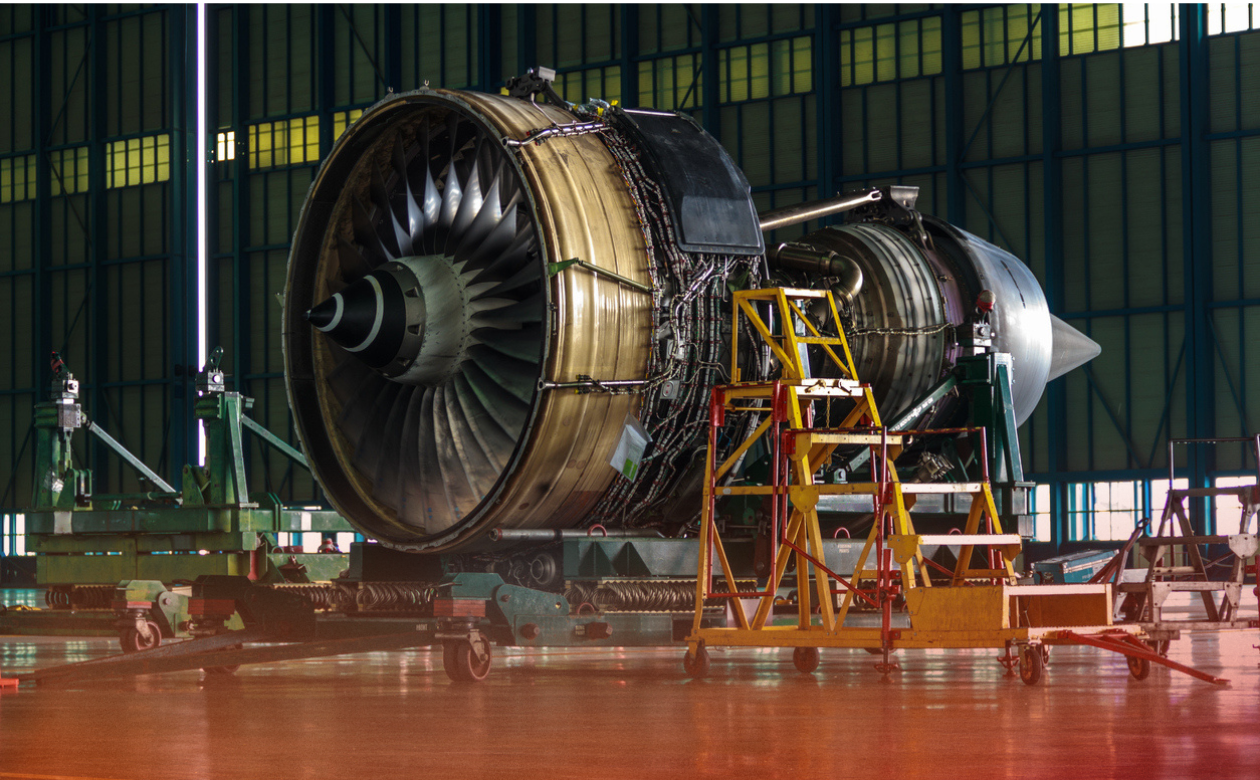In today’s competitive and rapidly changing world, businesses are under pressure to adapt and transform to meet new challenges. One area where digital transformation can have a significant impact is the maintenance, repair, and overhaul (MRO) of highly complex assets. But creating a digital thread within an MRO environment can be daunting. That’s because MRO involves many different systems of record– such as enterprise resource planning (ERP), fleet management systems (FMS), product lifecycle management (PLM), and MRO planning and execution – and these systems are operated by several different entities, including the OEM, the asset owner, and the MRO provider(s).
MRO processes also exhibit widely varying maturity levels when it comes to enterprise applications deployment, manual and paper-based processes, and data integration. This can negatively impact the efficiency, accuracy, and timeliness of related workflows.
Benefits of Digital Continuity for MRO Processes
- Enhanced Efficiency & Agility: Improving connectivity reduces the time and resources expended driving inefficient manual processes with “brute force,” and helps deliver a new level of data accuracy and reliability. Making sure the right information is available at the right time, to the right people, in an actionable format, drives both significant cost savings and increased productivity.
- Improved Collaboration: A more complete digital thread among the involved systems and organizations also enables better collaboration between different stakeholders. Sharing data and information in real time allows businesses to work more closely together and make better decisions. The result is improved communication, better coordination, and more effective problem-solving – all of which produce financial benefits.
- 360-Degree Visibility: In addition, digital transformation offers the potential of making a reactive MRO workflow more proactive. That’s because overall MRO process visibility is elevated by real-time, in-context data and analytics. A 360-degree view that blends engineering, planning, and execution performance data enables possibilities that are difficult if not impossible sans digital continuity. For example, MRO operators can begin to anticipate and recommend complimentary maintenance actions for a specific asset based on the as-maintained records and OEM requirements.
Improving Digital Continuity in MRO Operations
Achieving a more complete digital thread across all involved systems is not always easy. It requires careful planning, investment in the right tools and technologies, and a commitment to change. Here are some key steps businesses can take to successfully implement digital transformation of MRO operations:
- Assess your current systems and processes: The first step is to identify areas where digital transformation can have the most significant impact. This may involve conducting a thorough review of your existing MRO operations, including data collection and analysis, asset management, maintenance scheduling, and more.
- Develop a comprehensive digital strategy: A digital strategy is essential for successful digital transformation. It should include a clear roadmap for implementation, as well as goals and objectives for improving efficiency, reliability, and profitability.
- Invest in the right tools and technologies: To implement digital transformation, businesses need to invest in software, integration, and even digitally enabled devices such as sensors where warranted. This may require a significant investment upfront, but the long-term benefits can far outweigh the costs.
- Train your employees: Digital transformation requires a significant cultural shift, and businesses need to invest in training their employees to use new tools and technologies effectively.
- Monitor and measure your progress: Effective monitoring ensures that digital transformation efforts are having the desired impact. The right systems can help by collecting and analyzing data on key performance indicators such as maintenance costs, asset uptime, and productivity.
Digital Transforms Physical
The benefits of digital transformation of MRO operations are significant and far-reaching. A digital backbone supplants the duplication of effort, extended timeframes, and lack of visibility that plagues many of today’s MRO operations with accuracy, reliability and timely information. A smarter, more connected MRO solution can streamline processes, improve efficiency and reliability, increase stakeholder collaboration, and empower MRO operators to embrace a more proactive approach.





